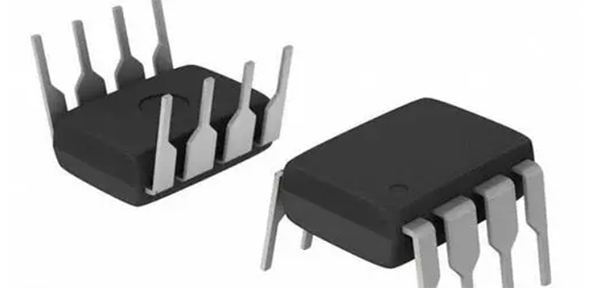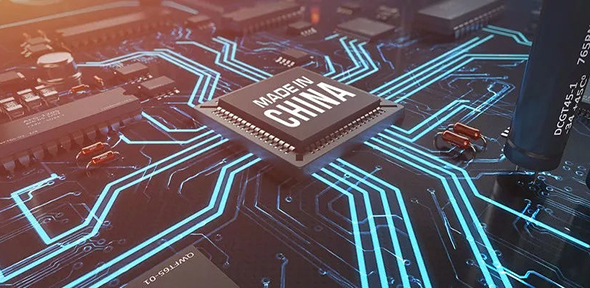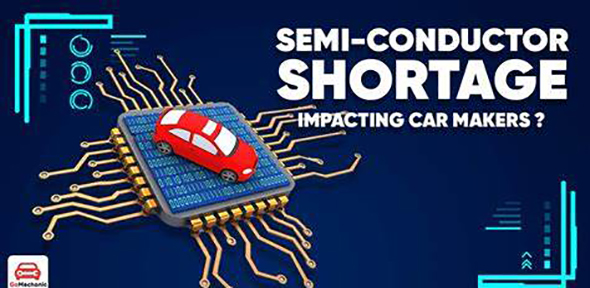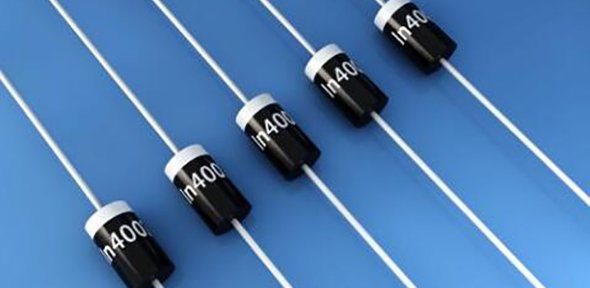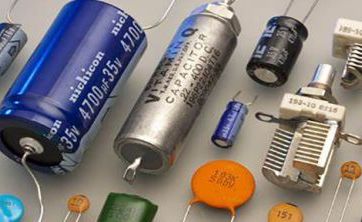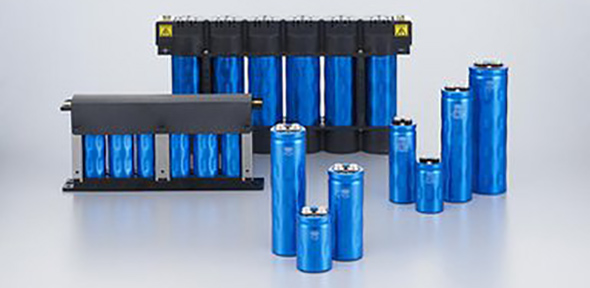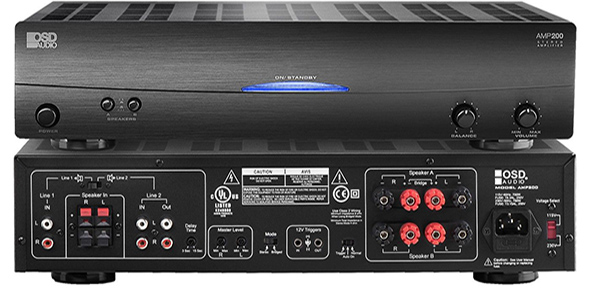how do diodes work?
Diodes are a fundamental component in electronic circuits and have many applications in a variety of fields. In this article, we will explore the function, characteristics, role, and applications of diodes.
Function of Diodes
The primary function of a diode is to allow current to flow in one direction while blocking it in the reverse direction. This means that diodes conduct and allow a current to pass when they are forward-biased, and they block current flow when they are reverse-biased. A diode is made up of two types of semiconductor material, p-type and n-type, fused together to create a p-n junction. Diodes are used to perform a range of functions such as rectification, switching, voltage regulation, lighting, signal modulation, and protection.
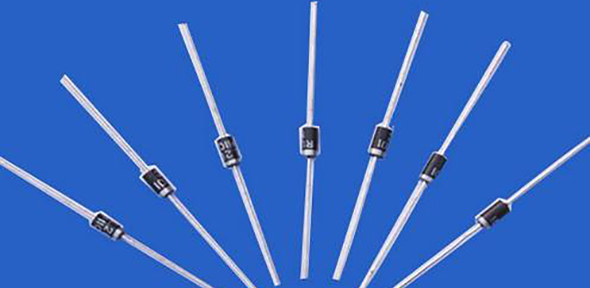
Characteristics of Diodes
There are several key characteristics of diodes that make them useful components in electronic circuits. One of the most important is their forward voltage drop. This is the voltage that is needed to forward-bias a diode and allow current to flow through it. The forward voltage drop varies depending on the type of diode and can range from a few tenths of a volt to several volts.
Another important characteristic of diodes is their reverse leakage current. This is the small amount of current that flows through a diode when it is reverse-biased and can lead to issues such as voltage spikes and noise in a circuit.
A diode is a two-terminal electronic component that conducts electric current primarily in one direction and blocks it in the opposite direction. Generally, a diode consists of a p-type semiconductor and a n-type semiconductor, with a junction in between. The following are the detailed steps on how a diode works:
Atoms in the n-type and p-type sides of the junction are in thermodynamic equilibrium. Electrons in the n-type side have a higher energy level and a larger concentration than in the p-type side. This results in a diffusion of electrons from the n-type side to the p-type side.
As electrons move from the n-type side to the p-type side, they leave behind positively charged ions on the n-type side and introduce negatively charged ions on the p-type side. The doped impurities in each region cause a buildup of charge carriers, leading to the creation of a depletion zone where there are no free charge carriers.
When the diode is in forward-bias, a voltage is applied that is positive on the p-side and negative on the n-side. This voltage connects the depletion zone and reduces the potential barrier. Electrons from the n-side and holes from the p-side then recombine, and current flows across the diode.
When the diode is in reverse-bias, the voltage is applied that is negative on the p-side and positive on the n-side. This voltage increases the potential barrier and widens the depletion zone, creating a high resistance to current flow. Essentially, no current flows across the diode because there are no free charge carriers to conduct current.
In reverse-bias operation, the diode experiences a small amount of reverse current called the reverse saturation current. This is due to the minority carriers in each region crossing the depletion zone and contributing a small amount of current.
Role of Diodes
Diodes play an essential role in electronic circuits by performing a range of functions. One of the most important roles of diodes is rectification. Diodes are used to convert AC power to DC power by allowing current to flow in only one direction, which eliminates the negative half of the waveform in AC current.
Diodes are also used as voltage regulators. In this role, they maintain a constant voltage by dissipating excess current as heat. Diodes can also be used as switches to turn circuits on and off. When a diode is forward-biased, it conducts, allowing current to flow. When it is reverse-biased, it does not conduct, preventing current flow.
Applications of Diodes
Diodes are used in a wide range of applications, from electronic devices like computers and smartphones to lighting and power generation. In electronic circuits, diodes are used for rectification, voltage regulation, switching, and signal modulation. Diodes are also used as protection devices, preventing damage caused by voltage spikes and reverse current.
In lighting applications, light-emitting diodes (LEDs) are used to produce energy-efficient lighting in homes, businesses, and streetlights. In power generation, diodes are used to convert the AC output of generators into DC power that can be used to power devices and homes.
Diodes are essential components for electronic circuits and play a fundamental role in many applications. Understanding their functions, characteristics, and workings is vital in designing electronic systems. Whether they are used in rectification, lighting, modulation, or protection, diodes are critical elements for modern electronics.
